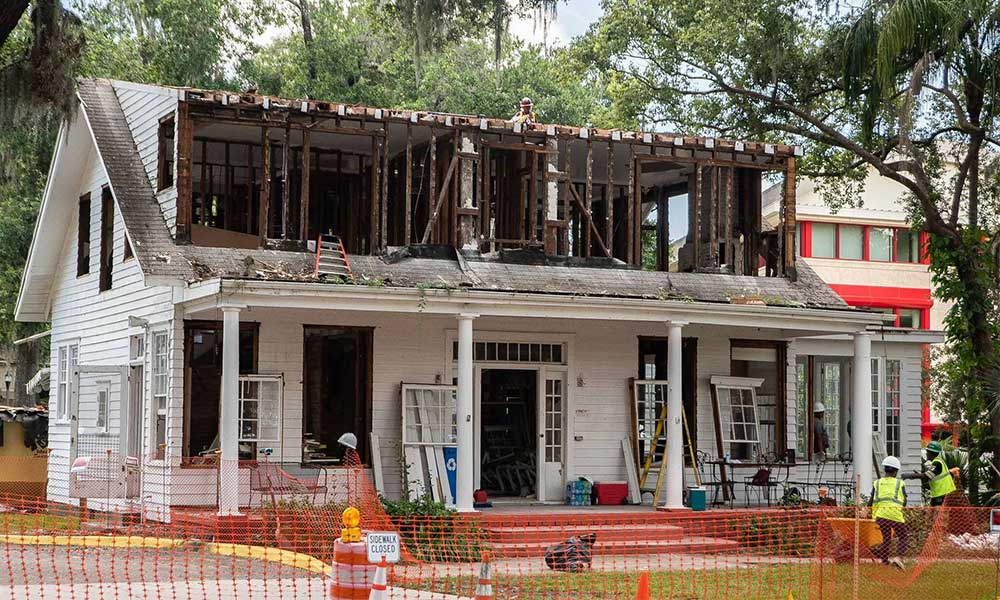Internal Revenue Code §170 allows individuals, pass-through entities, and corporations to deduct the Fair Market Value of personal property when donated to a qualified charity or governmental organization.
Individuals and pass-through entities (single member LLCs, multi-member LLCs, partnerships, S-Corps) may take the deduction on the 1040 Schedule A Itemized Deductions. The deduction is available up to 50% of Adjusted Gross Income with a 5-year carry forward.
Corporations may take the deduction on Form 1120, with a 10% limit on net income (with certain add-backs) with the same 5-year carry forward.
Value of Deduction
The value of a deduction is directly proportional to the taxpayer’s effective or average tax rate coupled with their state effective tax rate if the state: 1) has a state tax and 2) allows for the deduction of charitable contributions.
Additionally, the taxpayer must already be itemizing deductions for the effective tax rate to translate correctly. If they start below the Standard Deduction, a portion of the donation will fill the delta between the Standard Deduction and the deficiency.
For example, if a couple donates $10,000 in cabinetry and kitchen appliances and they have a 20% federal tax rate and 6% state tax rate in a state that allows for deductions, $.26 of each dollar will be the tax savings. This donation would be worth $2,600.
If a different couple donates the same cabinetry but has an effective tax rateof 30% and state tax rate of 9%, the tax savings will be $3,900.
Finally, pass-through entity donations are made on the individual 1040 Schedule A. There is not a charitable contribution deduction at the pass-through entity level.
Basis vs. Fair Market Value
The basis is the original acquisition cost of an asset. IRS Fair Market Value is the price at which property would be sold in an open market, with a willing buyer and willing seller, without compulsion to buy or sell, both parties knowledgeable of relevant facts, and with adequate exposure time on the market.
The donor must have adequate basis in the property if it has been put in use as business property. For example, if a company donates furniture that has already been fully depreciated on their books, the furniture has zero basis and there is no charitable contribution value.
For non-business property, the donor must have owned the property for more than 365 days to accomplish the long-term capital gain holding period.The date of donation to a charity must be 365 days after the owner procured the asset. If the donor has not held the property for 365 days, they are limited to only donating at the basis value.
The IRS precludes “Dealers” from capital gain treatment and are taxed under ordinary income tax rates per statute. An “Investor” is not a dealer and may be able to accomplish the long-term capital gain holding period and donate at IRS defined Fair Market Value. Essentially, a Dealer buys and sells real estate for profit and an investor buys property and holds onto it to generate cash flow and/or appreciation.
Basis Adjustment
If a property owner donates personal property at IRS defined Fair Market Value, they must adjust the basis of the property proportionally.
For example: A donor deconstructs a property on their land with a donation value of $200,000. The original basis of the land and improvements is $1,000,000. The adjusted basis after the donation would be $800,000. If additional improvements are made to the land, this increases the basis. However, if a donor sells the home, post-deconstruction for $1,000,000, they will realize a taxable gain of $200,000.
Without this provision, the taxpayer would be double dipping: deducting the value of the donated materials yet still counting the value in basis.
Prior to commencing deconstruction and a potential donation of building materials, meeting with a tax advisor is critical. Key discussion points include:
-
1.Determine effective (average) tax rate
-
2.Determine if there is a state tax and if the state allows for charitable contributions
-
3.Confirm the donated property has not been fully depreciated. If partially depreciated, determine the basis limit on the donation
-
4.Determine if a real estate professional is classified as a “Dealer” or “Investor”
-
5.Ensure the long-term capital gain holding period of 365 days has been accomplished and ensure the donation receipt from the charity reflects this period
-
6.Ensure Form 8283 is accurately completed. These donations fall under DEFRA strict compliance and a single missed or erroneous entry can disallow the entire deduction
-
7.Ensure the appraisal is produced by an IRS Qualified Appraiser producing an IRS Qualified Appraisal
Reach out to our team for more details:
(540) 322-3884
Resources:
Articles from our company: https://www.thegreenmissioninc.com/articles-for-deconstruction-personal-property-appraisal
Dealer vs. Investor: https://www.thetaxadviser.com/issues/2022/dec/real-estate-dealer-or-investor-recent-tax-court-case.html
Charitable contributions IRC §170 https://www.law.cornell.edu/uscode/text/26/170
IRS Publication 551: Basis of Assets https://www.irs.gov/publications/p551


